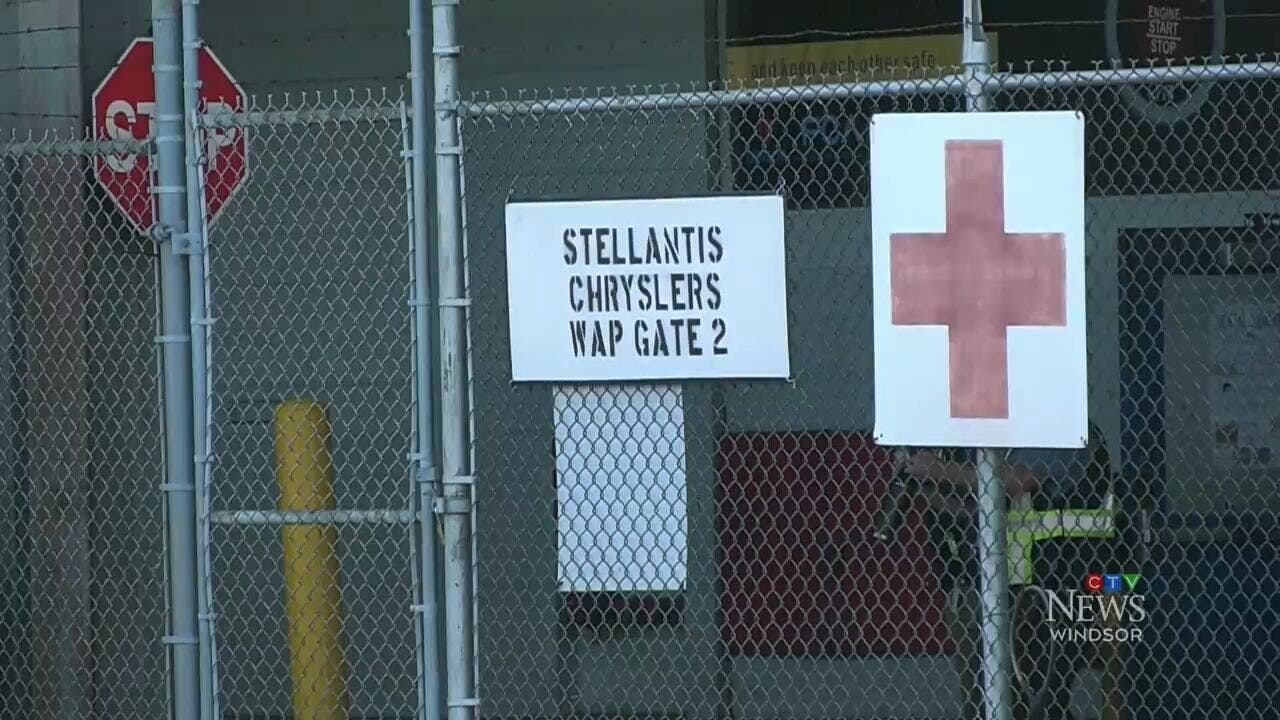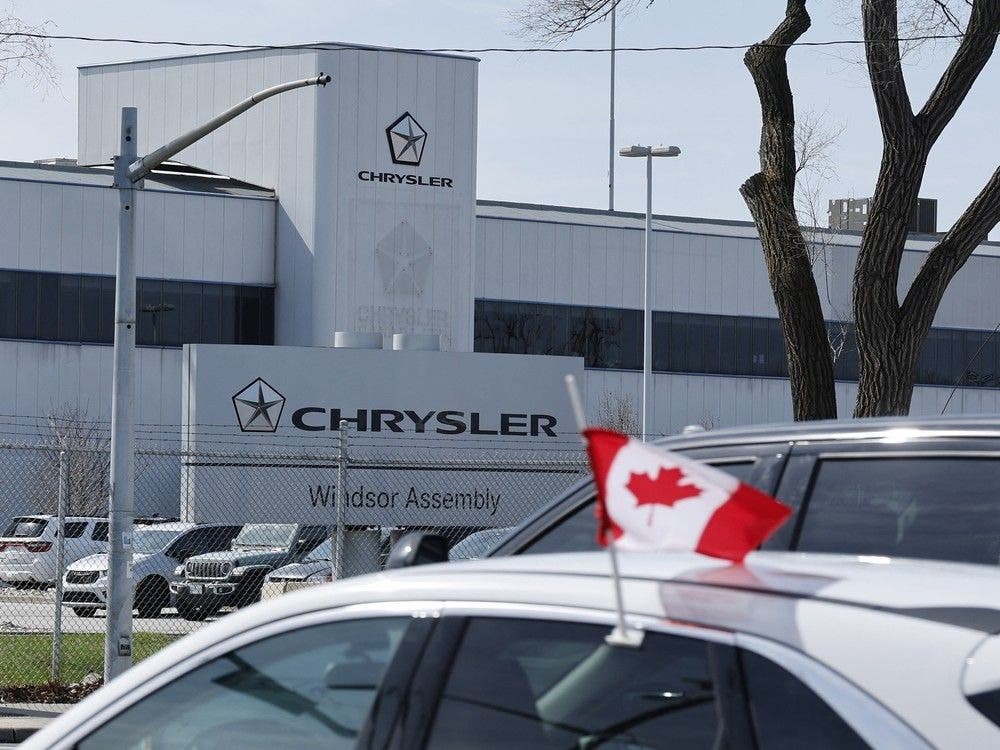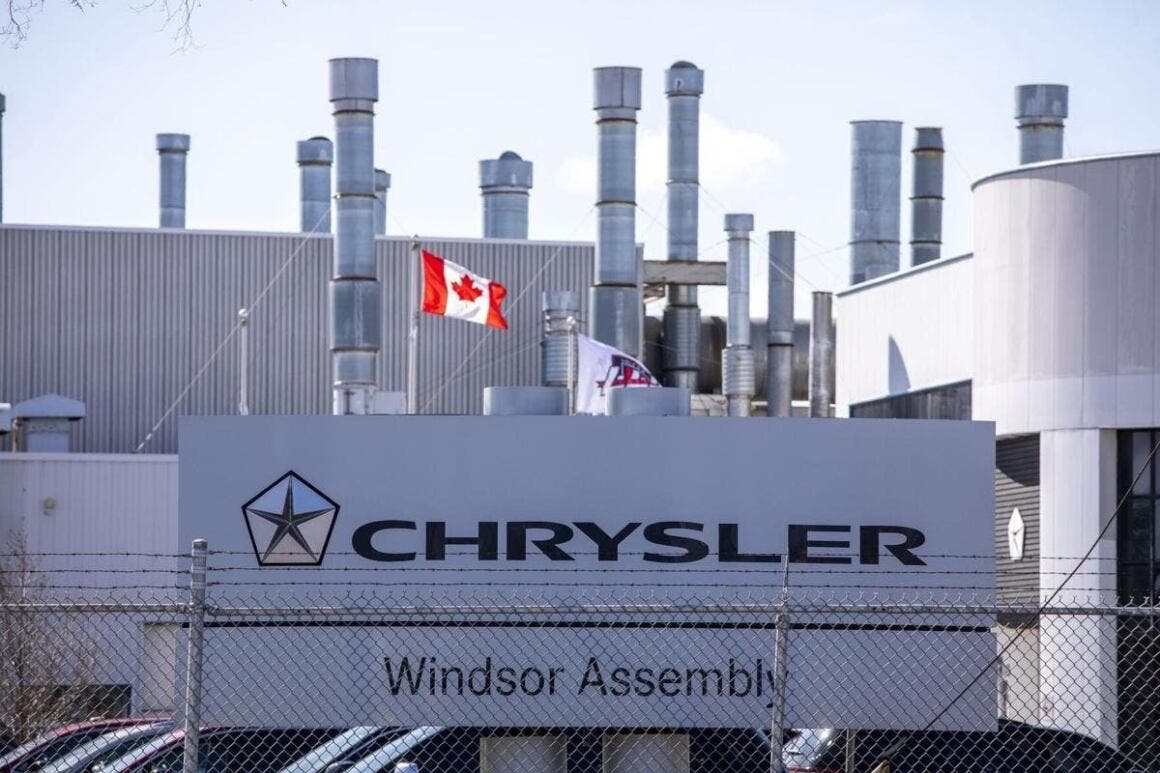The Stellantis assembly plant in Windsor, Ontario, is preparing for a major comeback: starting in 2026, the facility will return to three shifts, bringing back up to 1,000 jobs. The long-awaited decision marks a significant turning point for the plant and the local community, confirming the automaker’s commitment to meeting growing demand for vehicles built in Canada.
Stellantis Windsor plant to restore third shift in 2026, bringing back 1,000 jobs

According to estimates from Unifor Local 444, the union representing the workers, about 1,000 new positions will be needed, split between fresh hires and recalls of former employees. James Stewart, president of the local union chapter, called it an announcement that brings optimism not only to workers but to the entire supply chain: “This is great news for Windsor, for our community, and for our members.”
The Windsor Stellantis plant, covering 4.4 million square feet and currently employing around 4,500 people, builds key models such as the Chrysler Pacifica, Chrysler Grand Caravan, and Dodge Charger, available in both gasoline and electric versions. Historically, from 1993 until 2020, the plant operated on three shifts.
The elimination of the third shift, which cut 1,500 jobs, was a major blow to the city. The return of the third shift was already promised during 2023 union negotiations, but Stellantis later postponed the deadline, pushing it to 2026.

Now, that commitment is finally taking shape, even amid a challenging global context marked by the slowdown in the EV market and trade tensions between the U.S. and Canada. The move, however, is not surprising: demand for Windsor-built products remains very strong and is expected to continue beyond 2026.
Sales of the Pacifica remain solid despite the dominance of crossovers, and Stellantis is aiming to strengthen volumes with the launch of the new gasoline-powered Dodge Charger set for 2026. The reality, though, is that the EV market is growing more slowly than expected: in the U.S., electric vehicles account for only 9–10% of registrations, partly due to reduced tax incentives. In Canada, the federal rebate program has also been suspended due to lack of funds.

